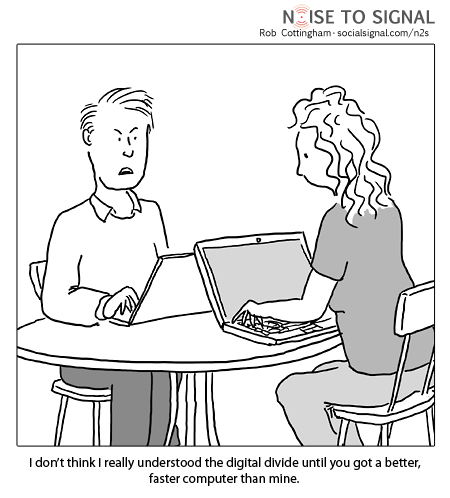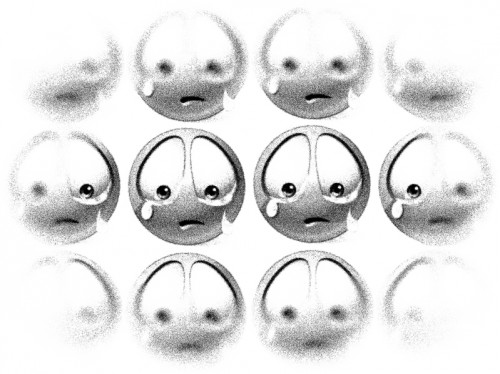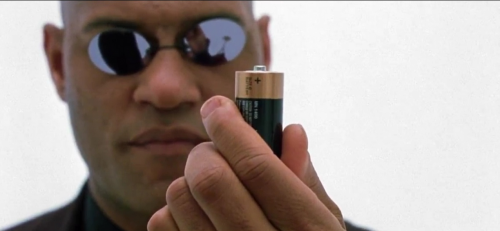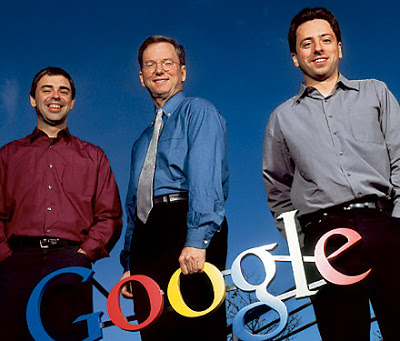1. The digital divide is so over that it’s passé
This is a common trope I hear at conferences, whether academic or otherwise. Before presenting at the American Sociological Association annual meeting last year, I got feedback from colleagues that I should explain what in the heck the digital divide is before launching into its connection to online activism. Huh? We are sociologists – we have all read Marx. Inequality is one of the pillars that holds up our discipline. We wouldn’t know what to do without gender, class and race gaps. Why should the Internet be any different from the rest of society?
But I’ve been told to always listen to my audience, who need a gentle reminder that digital inequality is alive and kickin.’ But what is it, exactly? more...






 Leading up to
Leading up to 

